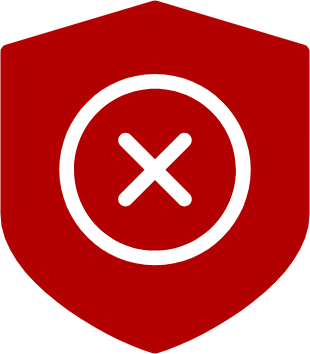Application Monitoring with the Prometheus Client and GroundWork Monitor
October 20, 2020
Prometheus is a popular open-source systems monitoring and alerting project. The project is a member of the Cloud Native Computing Foundation, joining in 2016 as the second hosted project, after Kubernetes. In this blog, we will demonstrate how to implement Application Performance Monitoring (APM) using the Prometheus GoLang client libraries API and de-facto standard data transport model to feed monitoring metrics into the GroundWork Monitor 8 server. Since we are doing application performance monitoring, this article will have coding examples.
Prometheus has become a very popular instrumenting library for measuring application performance in microservices, especially in Cloud Native applications. Typical measurements in microservices are instrumented on application end points, measuring request count and response time metrics.
Before we get started writing code, let’s introduce the Prometheus metrics basics.
Read More




 GroundWork Monitor offers Parent Child configurations for distributed monitoring, enabling the monitoring of a subset of an infrastructure where Child servers report the state and performance metrics to a central, or “Parent” GroundWork server.
GroundWork Monitor offers Parent Child configurations for distributed monitoring, enabling the monitoring of a subset of an infrastructure where Child servers report the state and performance metrics to a central, or “Parent” GroundWork server.